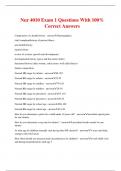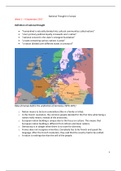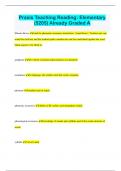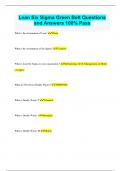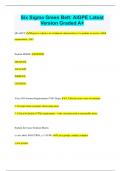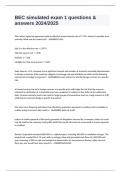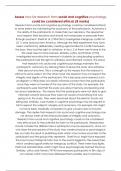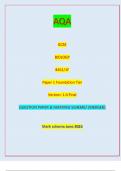Exam (elaborations)
BCPS With Complete Questions and Answers
- Course
- Institution
BCPS With Complete Questions and AnswersBCPS With Complete Questions and AnswersBCPS With Complete Questions and AnswersBCPS With Complete Questions and Answers Patient Case RL is a 68 year old man Chief complaint: cough and shortness of breath HPI: Symptoms began 4 days ago and have wors...
[Show more]




